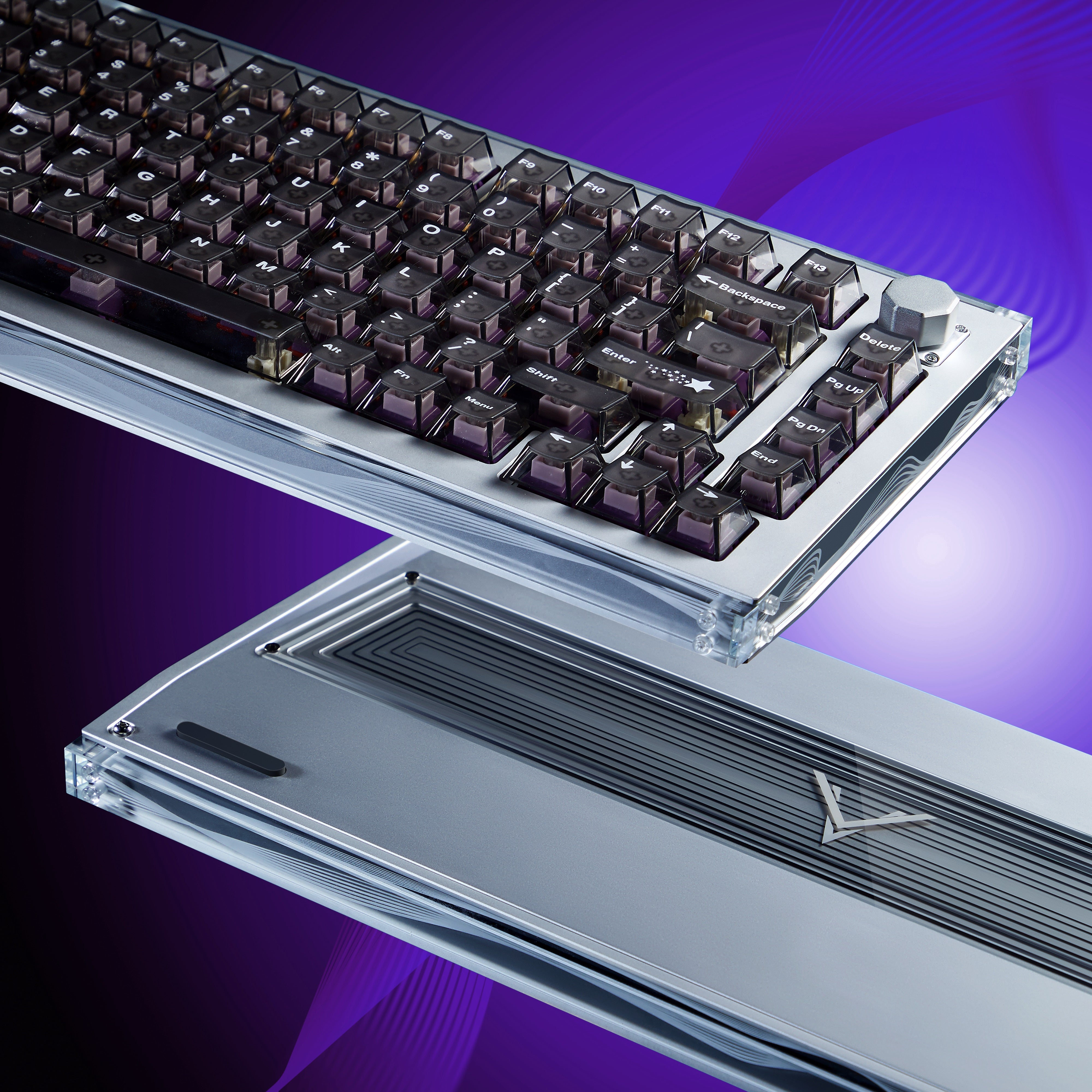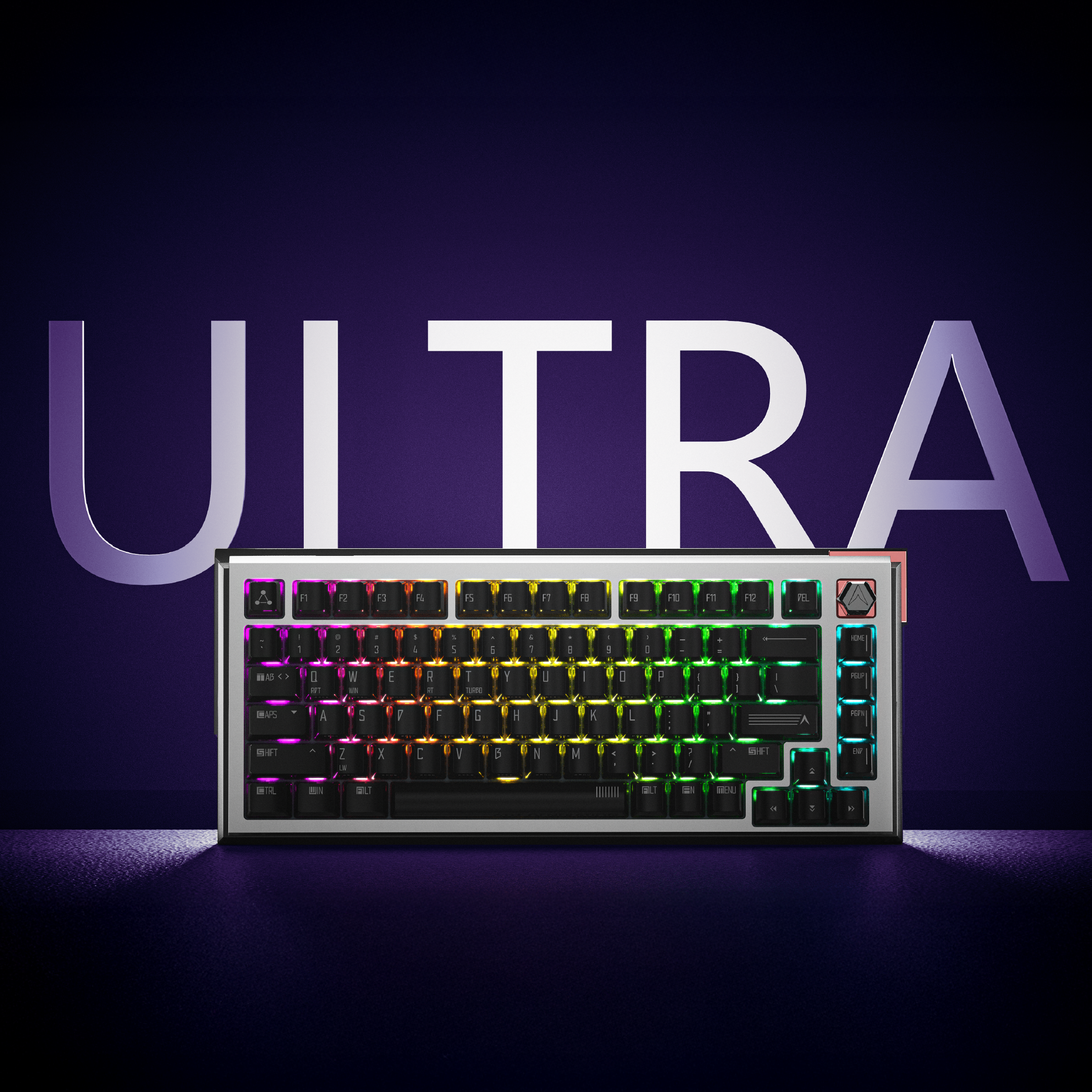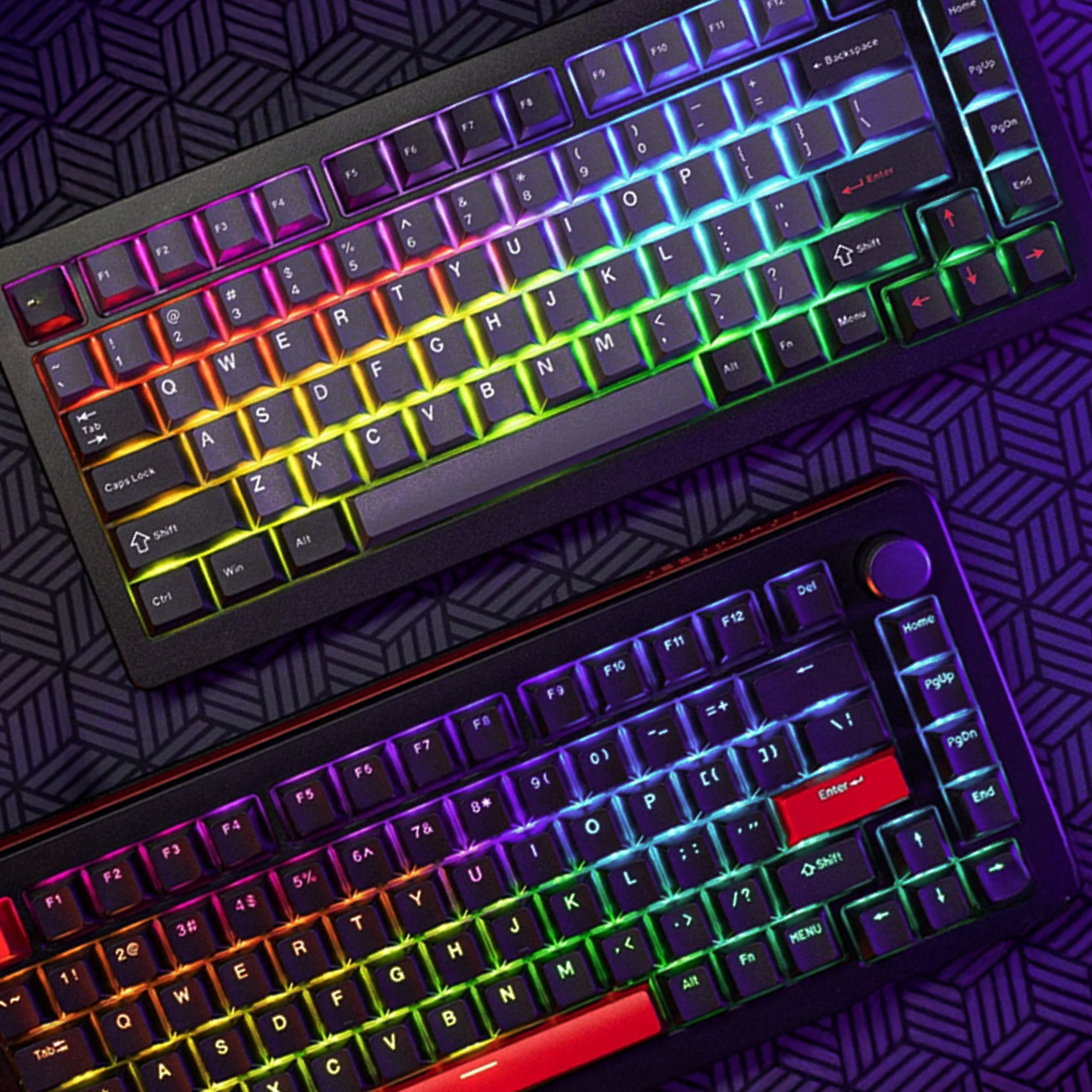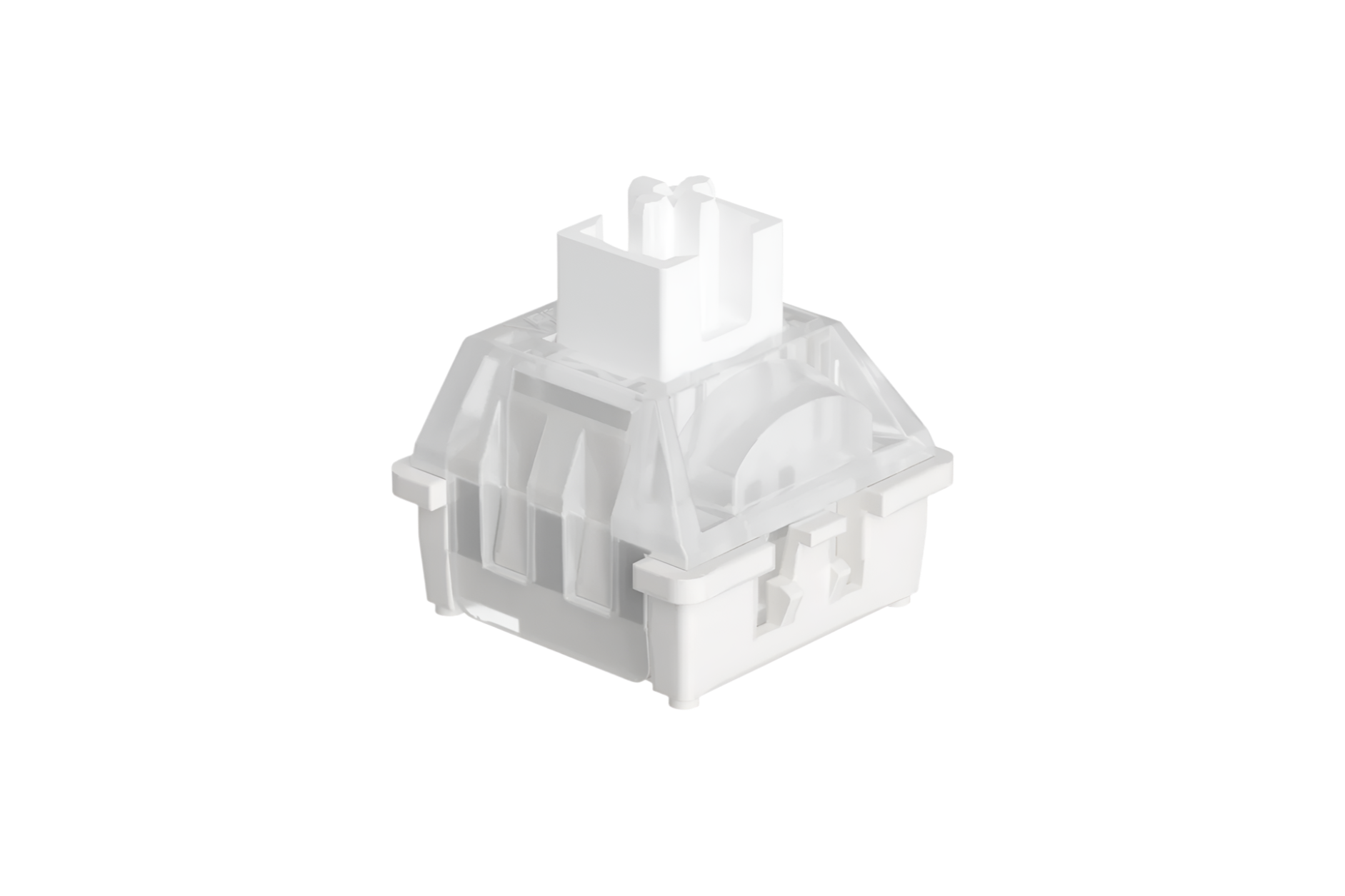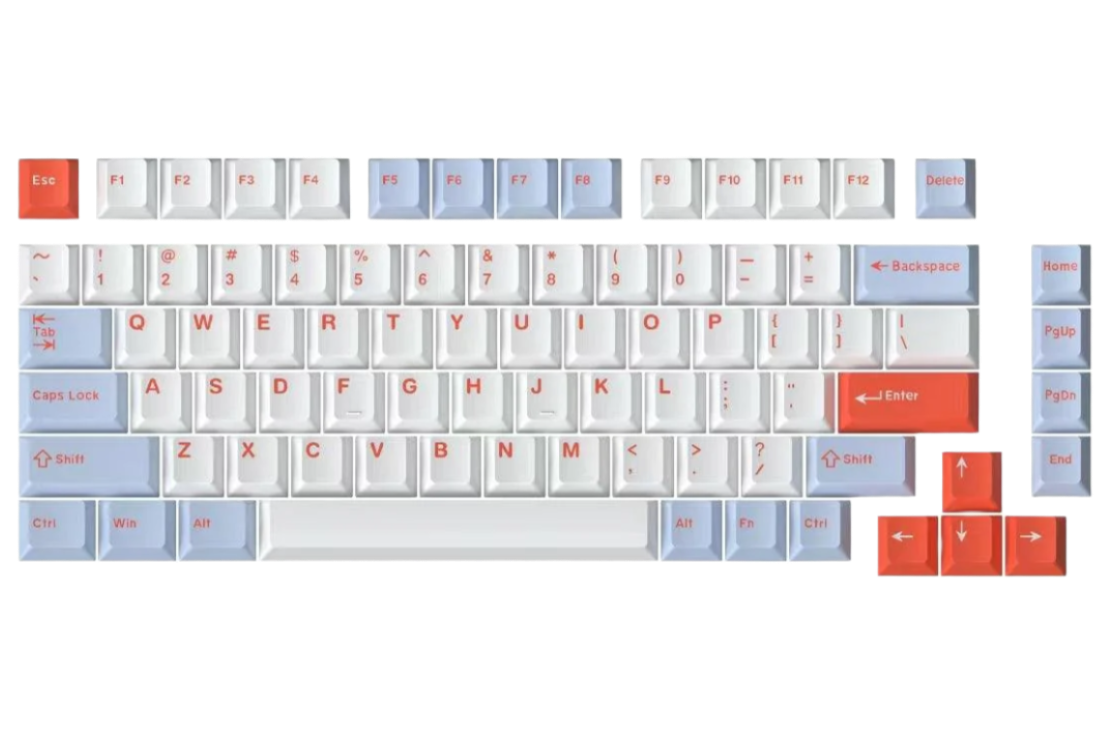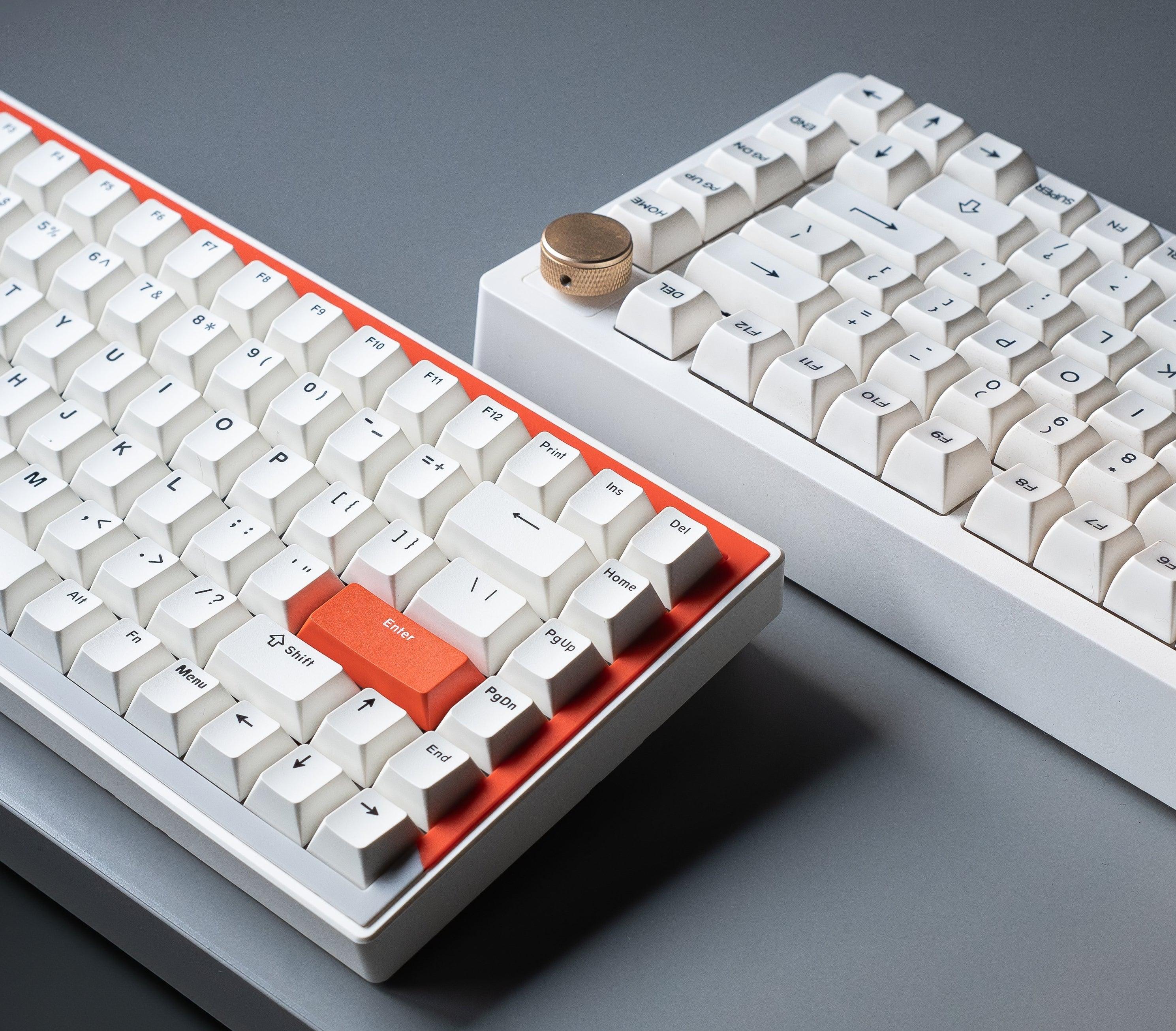안녕하세요 여러분, 저는 DrunkDeer 개발자입니다. 오늘 부터 우리는 제품 개발과 사용자 경험에 대한 노력을 정기적으로 공유할 것입니다. 여기서 우리는 새로운 기술과 그것들이 어떻게 게임 경험을 향상시키는지 알아볼 것입니다 .
저희 Discord에 가입하여 생각을 공유해주세요: https://discord.gg/drunkdeer-1020600919819296861
#talk to dev 채널 에서는 엔지니어와 직접 소통하고, 브레인스토밍을 하고, 아이디어에 대해 토론할 기회를 얻을 수 있습니다.
2023년 5월 , DrunkDeer는 첫 번째 자석 스위치 키보드 인 A75를 출시했습니다. 그 이후로 우리는 A75의 전반적인 경험과 기능을 지속적으로 최적화했습니다. 7월, Valorant가 중국에서 출시되면서 "RT(Rapid Trigger)"라는 용어는 중국 게이머들 사이에서 빠르게 유행어가 되었습니다.
RT(Rapid Trigger) : 이 기능을 사용하면 사용자가 키를 누를 때 작동 거리와 떼었을 때 해제 거리를 사용자 지정할 수 있습니다.
RT의 Valorant 에서의 엄청난 이점은 중국 게이머들 사이에서 빠르게 퍼졌습니다. 커뮤니티로부터 자세한 피드백을 받은 후, 이것이 우리의 개발 방향과 완벽하게 일치한다는 것을 깨달았습니다. 우리는 2023년 4월 에 RT(Rapid Trigger)를 빠르게 반복하고 출시했습니다 .
그 다음 해에 DrunkDeer는 G65, G60, A75 Pro, 그리고 곧 출시될 G75 등 더 많은 제품을 출시했는데, 모두 RT(Rapid Trigger) 기능을 탑재했습니다 . RT는 자석 스위치 키보드의 필수 기능이 되었습니다. 하지만 우리는 RT만으로 만족하지 않았습니다. 우리 개발팀은 자석 스위치 키보드가 더 나아갈 수 있다고 믿었습니다.
더 많은 사용자와 광범위한 소통과 다양한 게임 시나리오에서의 테스트를 거쳐, 우리는 빠른 키 전환과 빠른 클릭에 대한 공통적인 요구 사항을 파악했습니다. 이는 RTP(Rapid Trigger Plus)의 탄생으로 이어졌습니다.
DrunkDeer의 RTP(Rapid Trigger Plus)는 두 가지 주요 기능을 제공합니다.
- LW(마지막 승리) : 두 키가 활성 상태일 때 마지막으로 누른 키가 우선 합니다. 이는 RT 설정과 공존할 수 있습니다. 예를 들어, D를 누른 다음 A를 누르면 A가 우선합니다. 하지만 A를 설정된 거리까지 놓으면 D가 다시 작동합니다. 다음 애니메이션은 이 프로세스를 보여줍니다.
- RDT(릴리스 듀얼 트리거) : 이를 통해 플레이어는 특정 키 트래블에서 기능 키를 누르기에 바인딩하고 특정 키 트래블에서 다른 기능 키를 해제에 바인딩할 수 있습니다. 누르거나 해제하는 거리는 동적으로 조정할 수 있으며 기능 키는 한 번만 트리거되도록 바인딩할 수 있습니다. 이를 통해 키 누르기와 해제에 대한 더 풍부한 경험을 제공합니다. 다음 애니메이션은 이 기능을 보여줍니다.
언급할 가치가 있습니다 미래에는 RDT와 LW가 공존하게 될 것입니다 .
2024년 6 월 , 우리는 이 두 가지 기능을 갖춘 RTP(Rapid Trigger Plus)를 출시 한다는 글로벌 발표를 시작했습니다 . 우리의 Instagram 게시물은 400만 뷰 이상을 기록했습니다. 또한, 우리는 몇 가지 비판과 질문을 발견했습니다. 우리는 이를 기회로 삼아 RTP(Rapid Trigger Plus)의 고유성과 이러한 기능의 배후에 있는 우리의 사고 과정을 자세히 설명할 것 입니다 .
- "이건 부정행위야!"
이것은 우리가 본 가장 흔한 비판이며, 특히 CS2 에서 RDT가 선보인 후 더욱 그렇습니다 . 하지만 우리는 명확히 하고 싶습니다. 이것은 부정행위가 아닙니다!
일반적으로 부정행위는 소프트웨어나 하드웨어를 사용하여 프로그램이 플레이어 를 자동으로 지원하도록 하거나, 시스템 취약점을 악용하여 비정상적인 정보를 얻는 것을 포함합니다. RDT의 키워드 중 하나인 " 키 이동 사용자 지정 "을 다시 살펴보겠습니다. 이것이 RT의 정신을 이어가는 것을 알 수 있을 것입니다. 우리는 키 작동 제어를 플레이어의 손가락에 넘겨서 그들이 가하는 압력을 제어하는 능력에 도전했습니다. 이러한 이해를 바탕으로 우리는 이러한 비판에 정면으로 맞서기로 했습니다.
- "LW는 Wooting의 RS 기능을 모방한 것 입니다."
우리는 Wooting과 혁신에 대한 그들의 헌신을 존중하지만, RS가 처음 출시되었을 때 단 한 문장으로 설명되었습니다. 그 정보 로는 어떤 개발팀도 나머지 기능적 세부 사항을 완전히 상상하고 구현하기에 충분하지 않습니다.
RS의 베타 테스트를 경험한 뒤 , LW도 비슷하지만, 그 뒤에 있는 제품 사고 관점은 완전히 다르다는 걸 알게 됐습니다.
RS: 더 깊은 키를 누를수록 우선합니다.
LW: 나중에 누른 키가 우선입니다.
Wooting의 RS 도 플레이어의 손가락 컨트롤에 의존하며, 이는 우리의 컨셉과 일치합니다. 하지만 RDT에서는 "컨트롤"을 더욱 강조했습니다.
우리는 LW의 단순함, 두 키 사이의 빠른 전환만 처리하면 되므로 더 광범위한 플레이어와 게임 시나리오에서 더 쉽게 접근할 수 있다고 믿습니다. 우리는 모든 플레이어가 강렬한 제어 기술 없이도 LW가 제공하는 향상을 경험하기를 바랍니다. 따라서 LW와 RS는 비슷할 수 있지만 제품 논리는 완전히 다릅니다. 이후 Wooting이 LW 기능을 수용한 SOCD를 출시하는 것을 볼 수 있습니다.
이 기사가 발행된 시점까지, 우리는 Razer와 Wooting이 모두 비슷한 기능을 출시하는 것을 보았습니다. 우리는 혁신의 길에서 혼자가 아니라는 사실에 기쁩니다.
DrunkDeer는 1년 만에 RT에서 RTP로 전환했으며, RTP는 RT의 정신을 이어받아 자석 스위치 키보드의 미래를 이끌 것입니다.
이것은 DrunkDeer의 이야기이며 모든 사슴의 이야기입니다. 우리는 계속해서 귀를 기울이고 혁신하여 더욱 안정적이고 강력한 제품을 여러분에게 제공할 것입니다.
저희는 여러분이 저희 디스코드 커뮤니티를 방문해 저희와 논의하고 피드백을 듣기를 기대하고 있습니다.
다음으로 몇 가지 게임 데모 영상을 제공하겠습니다.
- CS2에서 LW의 라이브 비교:
LW 켜기
LW 꺼짐
- 실제 생활에서 RDT 켜기와 끄기의 비교:

